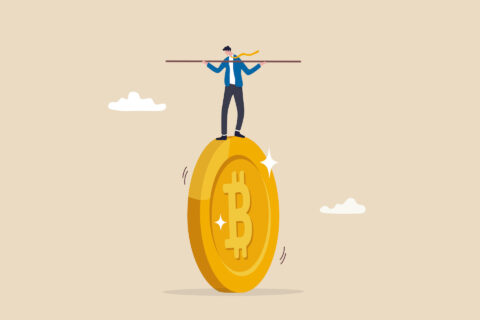The business world is always evolving. Over the years, we have witnessed an incredible shift that has allowed businesses large and small to prove their value in a digital and technological world. The business world is hyper-focused on modernization, more so today than ever before. We are also seeing more attention to detail and emphasis on sustainable longevity and success.
All of this is to be expected. It is merely the tip of the iceberg. As a direct result, there has been a remarkable amount of interest and investment focused on empowering businesses with the means and the opportunity to adapt and evolve in the digital era and beyond. To understand where we are going in the current trajectory, it is important to understand how we got here.
Dream building can take years
Being an entrepreneur is not a new concept. The original entrepreneurs were traders and merchants. The first known instance of humans trading comes from New Guinea around 17,000 BCE, where locals exchanged obsidian, a black volcanic glass used to make hunting arrowheads for other needed goods. These early entrepreneurs exchanged one set of goods for another. We’ve come a long way.
Centuries later we have witnessed just how individuals are able to create and achieve entrepreneurial success but also how they are able to achieve longevity. According to JPMorgan Chase, 51 percent of small businesses are 10 years old or less, and 32 percent of small businesses are 5 years old or less. This signals that it’s not easy for a business owner to build their dreams amid shifting marketplaces and ideologies and build staying power.
This explains why some companies manage to create value and endure over decades—even centuries—whereas other companies slowly die or fizzle out after a brief burst of impact.
“Longevity, in a business context, is a relative concept. Some industries (such as professional services, private banking, insurance, and luxury watches) more naturally incline to long time frames, particularly when customer trust is of high importance,” according to McKinsey & Co. “In other industries (such as technology or fashion) the pace of change tends to be much faster and barriers to entry structurally much lower. A tech firm that survives for 15 years has, in a business sense, lasted as long as a consumer-product company that survives for 30. Longevity should be measured in innovation cycles, not years.”
Embrace innovation and modernization
Longevity is directly impacted by modernization (which has impacted the entrepreneurial landscape time and again. Some would argue that both digital transformation and modernization aren’t possible without first adopting a mindset of innovation. While 93% of organizations report they are digitally innovating, the stages of the innovation journey vary among specific industries.
Accessibility of growth tools are on the rise
There’s much to be said about the tools available to entrepreneurs today that aid in longevity, innovation and modernization. Undoubtedly, digital marketing is one of the most powerful.
Structural shifts in consumer behavior vis-à-vis digital and online make digital marketing more important than ever. Effectively adopting digital marketing, however, requires a mindset shift in how companies engage and communicate with customers, which is more science than art – driven by data and analytics, focused on personalization, and iterative rather than pumped out as a single campaign.
Digital marketing represents a unique and exciting opportunity to strengthen traditional campaigns. Companies have found that the longevity and innovation they desire is easily accessed via the right strategic tools — and a business model that embraces digital marketing can aid their pursuits.
© YFS Magazine. All Rights Reserved. Copying prohibited. All material is protected by U.S. and international copyright laws. Unauthorized reproduction or distribution of this material is prohibited. Sharing of this material under Attribution-NonCommercial-NoDerivatives 4.0 International terms, listed here, is permitted.














